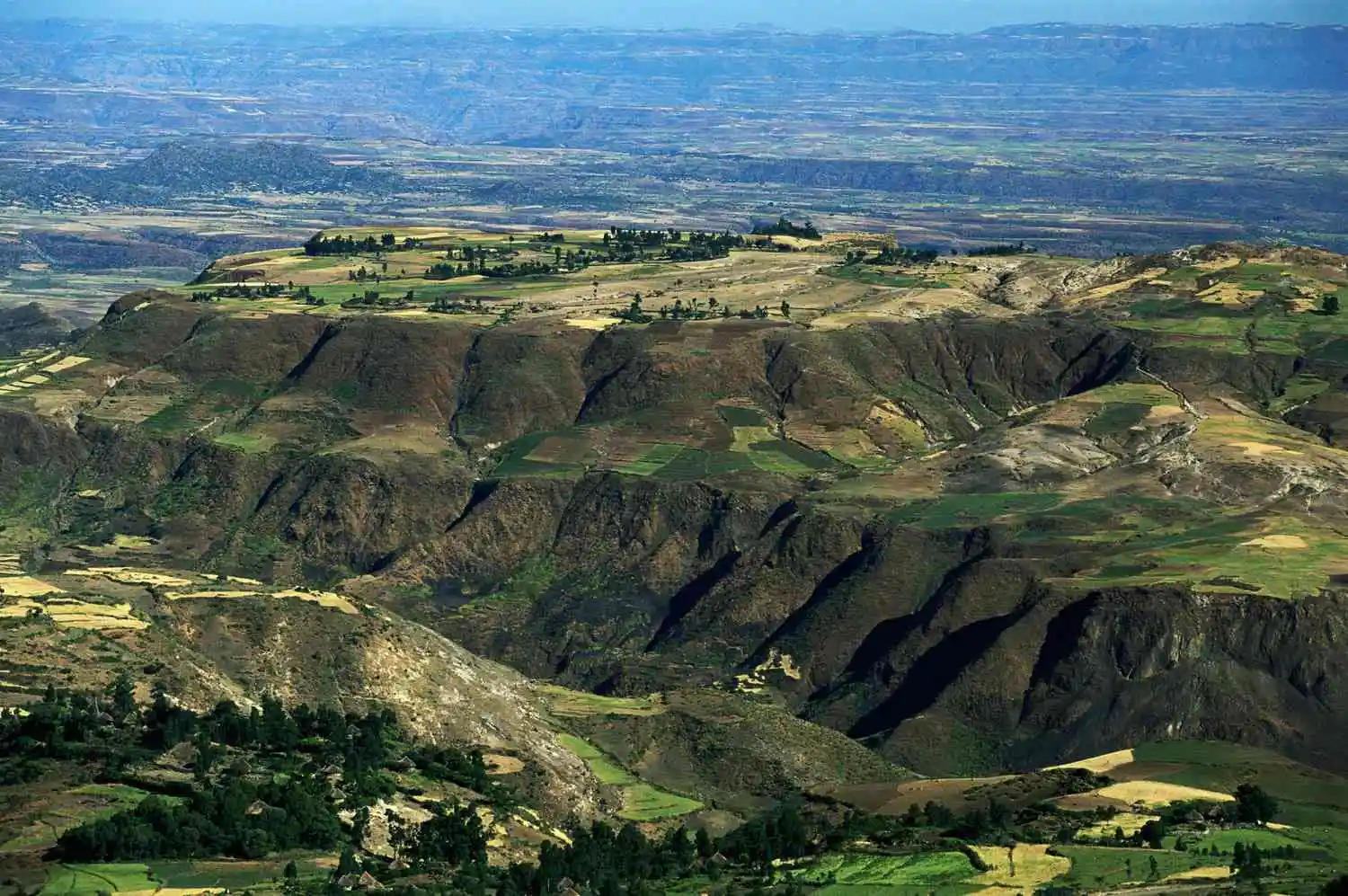About Great Rift Valley:
- It is one of the most extensive rifts on Earth’s surface that runs along part of East Africa.
- It runs for 4,000 miles (6,400 kilometers), from Jordan in southwestern Asia to the coast of the Indian Ocean in central Mozambique.
- It runs across many countries: Eritrea, Djibouti, Ethiopia, Kenya, Tanzania, Uganda, Rwanda, Burundi, the Democratic Republic of the Congo (DRC), Malawi, Zambia, and Mozambique.
- It is part of a larger feature called the East African Rift System (EARS).
- Formation:
- The valley is situated in a region where three tectonic plates meet.
- It was formed about 40 million years ago when tectonic plates split and gave rise to the East African Rift.
- The valley is 30 to 40 miles (48 to 64 kilometers) wide on average but reaches nearly 300 miles (480 kilometers) at its widest section in the Danakil Desert in northeastern Africa.
- The steep walls of the valley rise about 3,000 feet (900 meters) above the valley floor. In some places there are cliffs that reach 9,000 feet (2,700 meters) high.
- The area is geologically active and features volcanoes, hot springs, geysers, and frequent earthquakes.
- A series of some thirty lakes lies along its length; the three largest in Africa are known as the Great Lakes and include Lake Tanganyika, the second deepest lake in the world, and Lake Victoria, the second-largest freshwater lake by surface area in the world.
- Many of Africa’s highest mountains—including Mount Kilimanjaro, Mount Kenya, and Mount Margherita—are in ranges fronting the Rift Valley.
What is a Rift Valley?
- A rift valley is a lowland region that forms where Earth’s tectonic plates move apart, or rift.
- Rift valleys are found on land and at the bottom of the ocean, where they are created by the process of seafloor spreading.
Rift valleys differ from river valleys and glacial valleys in that they are created by tectonic activity and not the process of erosion.
Q1: What are Tectonic Plates?
Tectonic plates are pieces of Earth’s crust and uppermost mantle, together referred to as the lithosphere. The plates consist of two principal types of material: oceanic crust (sima) and continental crust (sial).These plates lie on top of a partially molten layer of rock called the asthenosphere. Due to the convection of the asthenosphere and lithosphere, the plates move relative to each other.
Last updated on December, 2025
→ Check out the latest UPSC Syllabus 2026 here.
→ Join Vajiram & Ravi’s Interview Guidance Programme for expert help to crack your final UPSC stage.
→ UPSC Mains Result 2025 is now out.
→ UPSC Notification 2026 is scheduled to be released on January 14, 2026.
→ UPSC Calendar 2026 is released on 15th May, 2025.
→ The UPSC Vacancy 2025 were released 1129, out of which 979 were for UPSC CSE and remaining 150 are for UPSC IFoS.
→ UPSC Prelims 2026 will be conducted on 24th May, 2026 & UPSC Mains 2026 will be conducted on 21st August 2026.
→ The UPSC Selection Process is of 3 stages-Prelims, Mains and Interview.
→ UPSC Result 2024 is released with latest UPSC Marksheet 2024. Check Now!
→ UPSC Prelims Result 2025 is out now for the CSE held on 25 May 2025.
→ UPSC Toppers List 2024 is released now. Shakti Dubey is UPSC AIR 1 2024 Topper.
→ UPSC Prelims Question Paper 2025 and Unofficial Prelims Answer Key 2025 are available now.
→ UPSC Mains Question Paper 2025 is out for Essay, GS 1, 2, 3 & GS 4.
→ UPSC Mains Indian Language Question Paper 2025 is now out.
→ UPSC Mains Optional Question Paper 2025 is now out.
→ Also check Best IAS Coaching in Delhi

















